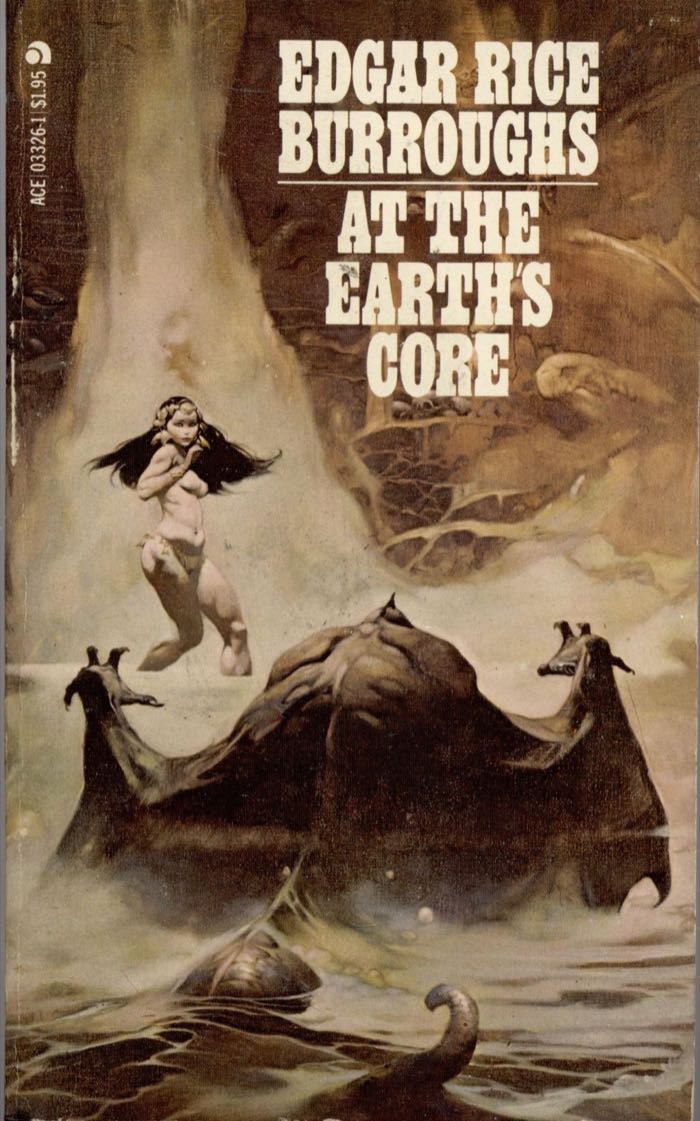
 Earthquakes, Tides, Unidentified Sounds, and Related Phenomena (1983). Tornados, Dark Days, Anomalous Precipitation, and Related Weather Phenomena (1983). Lightning, Auroras, Nocturnal Lights, and Related Luminous Phenomena (1982). The Unfathomed Mind: A Handbook of Unusual Mental Phenomena (1982). Incredible Life: A Handbook of Biological Mysteries (1981). Unknown Earth: A Handbook of Geological Enigmas (1980). Mysterious Universe: A Handbook of Astronomical Anomalies (1979). Ancient Man: A Handbook of Puzzling Artifacts (1978). Handbook of Unusual Natural Phenomena (1977). Strange Artifacts: A Sourcebook on Ancient Man (1974). Strange Phenomena: A Sourcebook of Unusual Natural Phenomena (1974).
Earthquakes, Tides, Unidentified Sounds, and Related Phenomena (1983). Tornados, Dark Days, Anomalous Precipitation, and Related Weather Phenomena (1983). Lightning, Auroras, Nocturnal Lights, and Related Luminous Phenomena (1982). The Unfathomed Mind: A Handbook of Unusual Mental Phenomena (1982). Incredible Life: A Handbook of Biological Mysteries (1981). Unknown Earth: A Handbook of Geological Enigmas (1980). Mysterious Universe: A Handbook of Astronomical Anomalies (1979). Ancient Man: A Handbook of Puzzling Artifacts (1978). Handbook of Unusual Natural Phenomena (1977). Strange Artifacts: A Sourcebook on Ancient Man (1974). Strange Phenomena: A Sourcebook of Unusual Natural Phenomena (1974). 
 History of NASA Sounding Rockets (1971). Human Factors Applications in Teleoperator Design and Operation (with Johnsen 1971). Space Probes and Planetary Exploration (1965). Radioisotopic Power Generation (with D.G. Propulsion Systems for Spaceflight (1960). Ĭorliss wrote many other books and articles, notably including 13 educational books about astronomy, outer space and space travel for NASA and a similar number for the Atomic Energy Commission and the National Science Foundation. Nevertheless, there is much that is quite baffling in some of these reports from highly reputable sources. Unlike Fort, Corliss selected his material almost exclusively from scientific journals like Nature and Science, not newspapers, so it has already been subjected to a filtering process which would have removed most hoaxes and reports from obvious cranks. He explains, "Corliss more interested in unusual weather, ball lighting, geophysical oddities, extraordinary mirages, and the like - in short, anomalies that, while important in their own right, are far less likely to outrage mainstream scientists than those that delighted Fort, such as UFOs, monstrous creatures, or other sorts of extraordinary events and entities." Arthur C. In his book Unexplained!, Jerome Clark describes Corliss as "essentially conservative in outlook". Many of the articles in Corliss's works were earlier mentioned in Charles Fort's works. Corliss quoted all relevant parts of articles (often reprinting entire articles or stories, including illustrations). Unlike Fort, Corliss offered little in the way of his own opinions or editorial comments, preferring to let the articles speak for themselves. Corliss was inspired by Charles Fort, who decades earlier also collected reports of unusual phenomena.
History of NASA Sounding Rockets (1971). Human Factors Applications in Teleoperator Design and Operation (with Johnsen 1971). Space Probes and Planetary Exploration (1965). Radioisotopic Power Generation (with D.G. Propulsion Systems for Spaceflight (1960). Ĭorliss wrote many other books and articles, notably including 13 educational books about astronomy, outer space and space travel for NASA and a similar number for the Atomic Energy Commission and the National Science Foundation. Nevertheless, there is much that is quite baffling in some of these reports from highly reputable sources. Unlike Fort, Corliss selected his material almost exclusively from scientific journals like Nature and Science, not newspapers, so it has already been subjected to a filtering process which would have removed most hoaxes and reports from obvious cranks. He explains, "Corliss more interested in unusual weather, ball lighting, geophysical oddities, extraordinary mirages, and the like - in short, anomalies that, while important in their own right, are far less likely to outrage mainstream scientists than those that delighted Fort, such as UFOs, monstrous creatures, or other sorts of extraordinary events and entities." Arthur C. In his book Unexplained!, Jerome Clark describes Corliss as "essentially conservative in outlook". Many of the articles in Corliss's works were earlier mentioned in Charles Fort's works. Corliss quoted all relevant parts of articles (often reprinting entire articles or stories, including illustrations). Unlike Fort, Corliss offered little in the way of his own opinions or editorial comments, preferring to let the articles speak for themselves. Corliss was inspired by Charles Fort, who decades earlier also collected reports of unusual phenomena. 
Each volume was devoted to a scientific field ( archeology, astronomy, geology, et cetera) and featured articles culled almost exclusively from scientific journals. Starting in 1974, Corliss published a number of works in the "Sourcebook Project".












